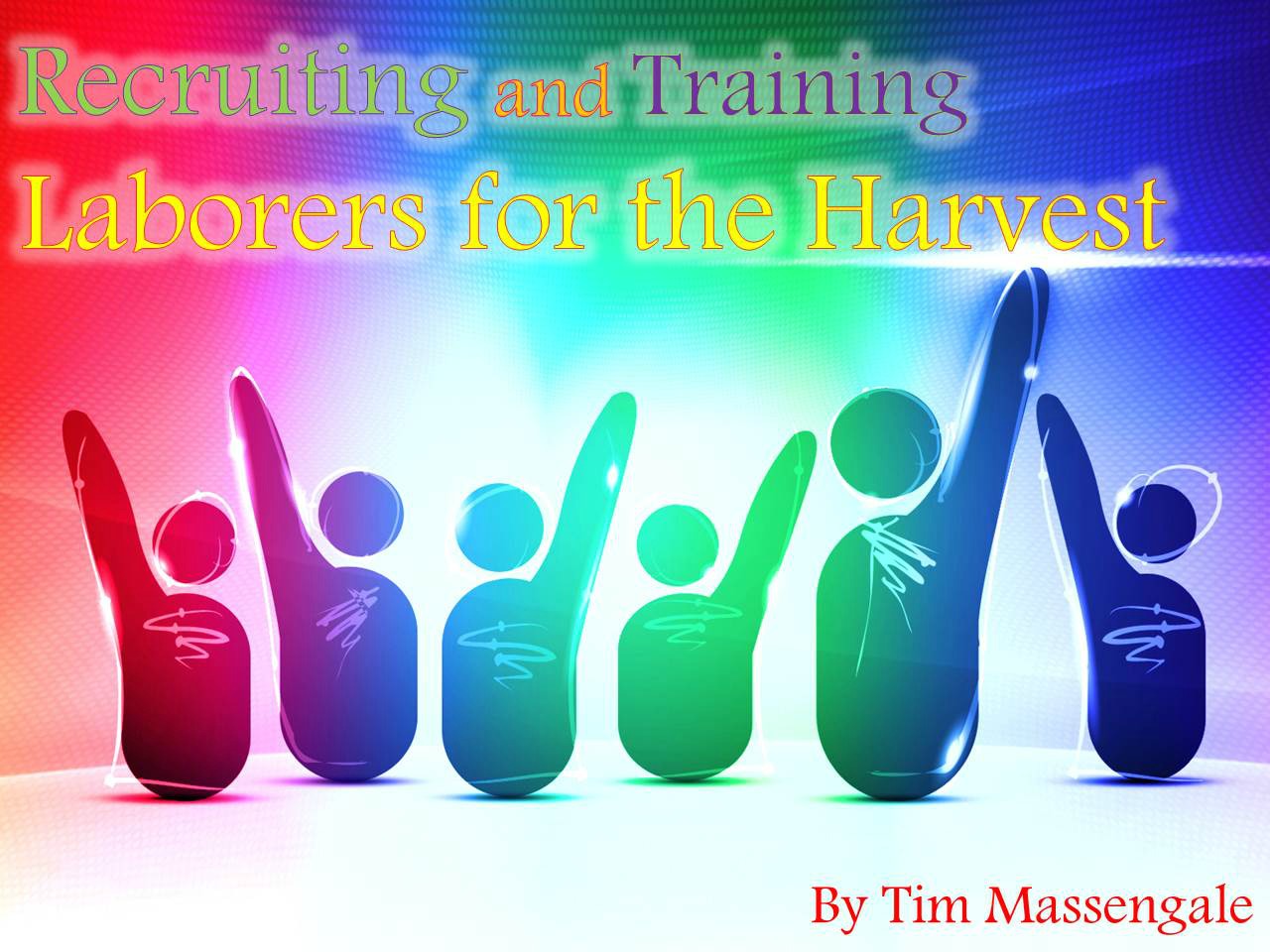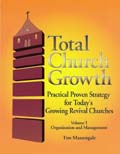Just as important as praying for souls, or for God to provide the money to meet the building payment, is the need to pray for leaders and workers. This is not a “suggestion” our Lord made. Jesus commands us to pray for leaders and workers. Might this be the reason many churches complain of a leadership and laborer shortage?

By Tim Massengale
To View the Entire Article, Click Here
To Download the Entire Article Directly to Your Computer, Click Here
To View the Outline, Click Here
To View the PowerPoint, Click Here
Developing Workers
Research has shown that churches tend to grow in jumps or spurts. Between each jump the church will experience a “plateau.” A plateau has occurred when the church has seen no growth for at least one full year. If you are the same size this year as last year, you may be on a growth plateau. Where the plateau occurs varies between churches. But generally a church will experience one somewhere around 50, then another between 70-90, and a third around 130-150, then finally 250- 300. After 300, another will often appear at 500, then 700, then just short of a thousand. Unfortunately, many churches are in this plateaued condition. Try as they might, they seem to be sitting on dead center. Revivals, programs, crusades all help for a while, but they always seem to slide back into the same average attendance. And as any pastor can tell you, this stagnant period of non-growth can be very discouraging. What is wrong?
The cause of these growth plateaus also varies. The building may be a restrictive factor, financial condition may hinder, or the pastor having to work – these are just a few. But the most common reason, the one reason that applies to almost every level of plateau, is this: they lack of organizational structure, ministry leaders, and workers to support a larger church body. It is vial for every pastor to understand that in order to expand the church membership, he must first expand the leadership and worker base.
The growth of a church will rise or fall on ministry involvement. David Womack, in his book The Pyramid Principle, states, “before a church may add to its mass of members and adherents, it must expand its base of organization, ministry leaders and ministry workers.” He goes on to describe church growth as being similar to piling sand on a table. You can pile on only so much sand before the table is covered. When you have no more space, the sand begins to spill off onto the floor. If you want to add more sand to the table, you must first expand the table size. This is the point of the pyramid principle: you must first add to the leadership and worker base before you can effectively add to the membership size.
Critical Training
For this reason, each year it is important to set aside key training times for critical ministries within the church. Training is essential. For the most part, ministry workers are volunteers. They have not been chosen because of their past experience, nor have they been selected because they went to college or received specialized training for their position. They were chosen because they were willing, carried a burden for that work, and desired to be used of God. Their motivation is not a paycheck, but rather storing up treasures in heaven. Help them be their best. Key ministry training to consider during the year are as follows:
- Sunday School Teachers – Held at least annually. Extremely important.
- Home Bible Study Teachers – Held 3-4 times a year. Emphasis on new converts attending.
- Choir Clinic – Requires bringing in a skilled clinician. Done annually or bi-annually.
To View the Entire Article, Click Here
To Download the Entire Article Directly to Your Computer, Click Here
To View the Outline, Click Here



